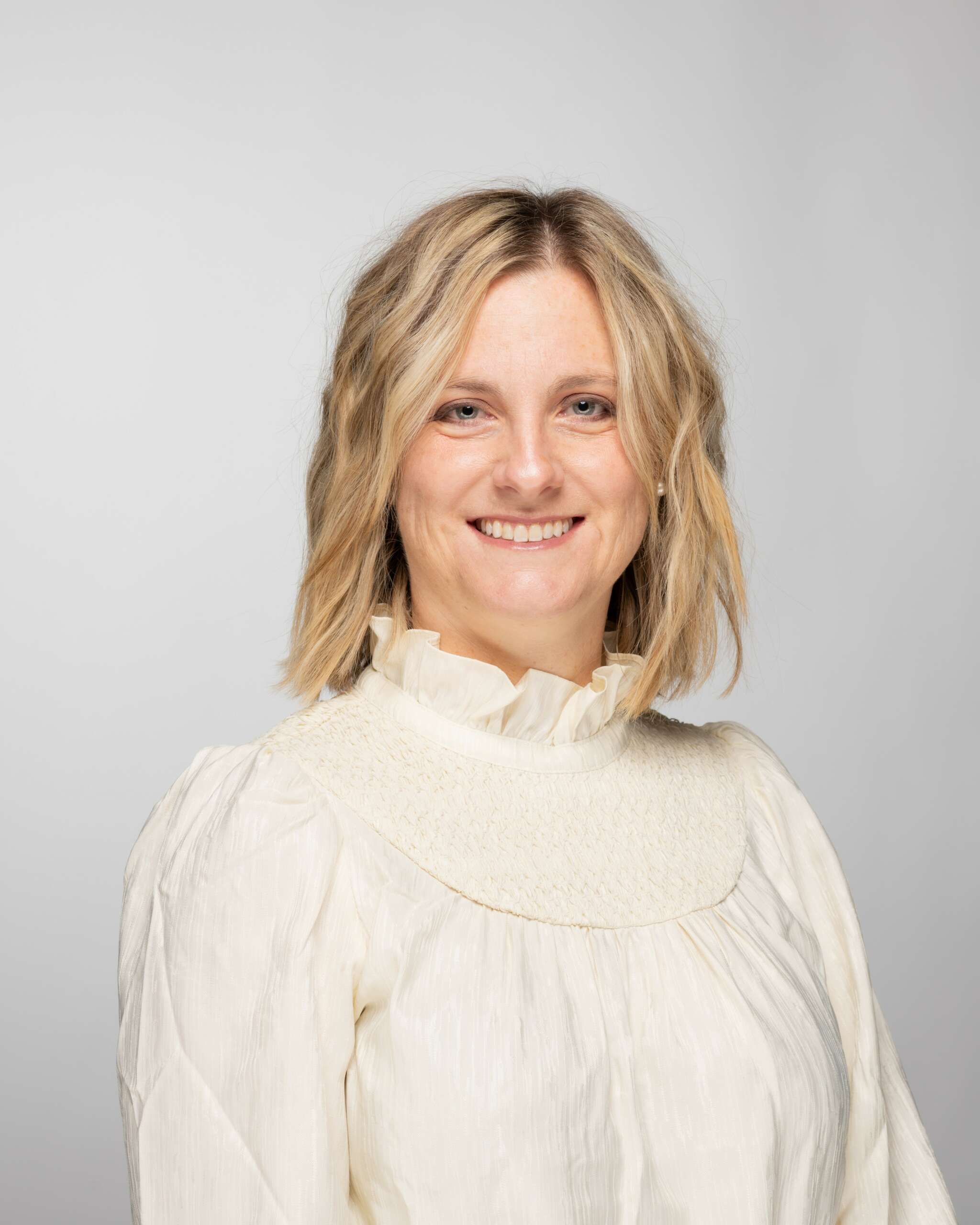We caught up with the brilliant and insightful Sally Clements a few weeks ago and have shared our conversation below.
Alright, Sally thanks for taking the time to share your stories and insights with us today. Going back to the beginning – how did you come up with the idea in the first place?
As I finished college in the early 2000s, I saw an interview with David Kelley and his IDEO team redesigning the shopping cart. It was the first time I heard the term human-centered design. IDEO sought out people with diverse experiences to improve a shopping cart. I was in awe—a linguist, biologist, engineer, and artist working together to design a shopping cart. I believed biologists were only allowed to do “biological things,” not “creative things,” right? The beginner mindset was not an everyday concept in the early 2000s.
I graduated. I kept IDEO’s in the back of my mind, but there was very little talk of human-centered design opportunities on the east coast. I did freelance design work and stumbled into teaching art and design at the high school level. I loved sharing my passion for art and design with people. We had fun. I produced wearable art fashion shows rivaling New York’s fashion week, began a summer art camp before art camps were an everyday concept, and mentored several now-product designers, art directors, and photographers.
It’s no secret the educational system is failing. I began embracing creativity to solve some problems in my small corner of the world. My leadership noticed. I was given the chance to attend the Stanford’s d. School’s (started by David Kelley, the shopping cart design extraordinaire) design thinking training with educational thought-leaders, the linguists, and the biologist around the country. I found my people. My 22-year old self was swooning outside David Kelley’s office. :)
That was the moment I knew I was ready to use my art and design background as to spring board to solving problems using human-centered design frameworks. The road was non-linear, and bumpy at times, but I made it. I am a design researcher and product thinker passionate about designing experiences that help people and organizations thrive.
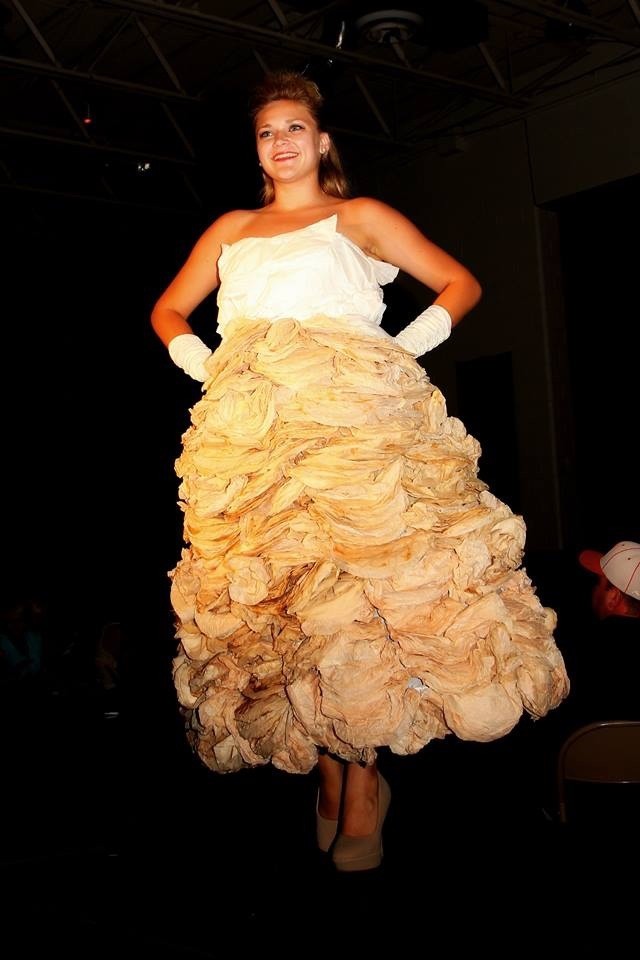
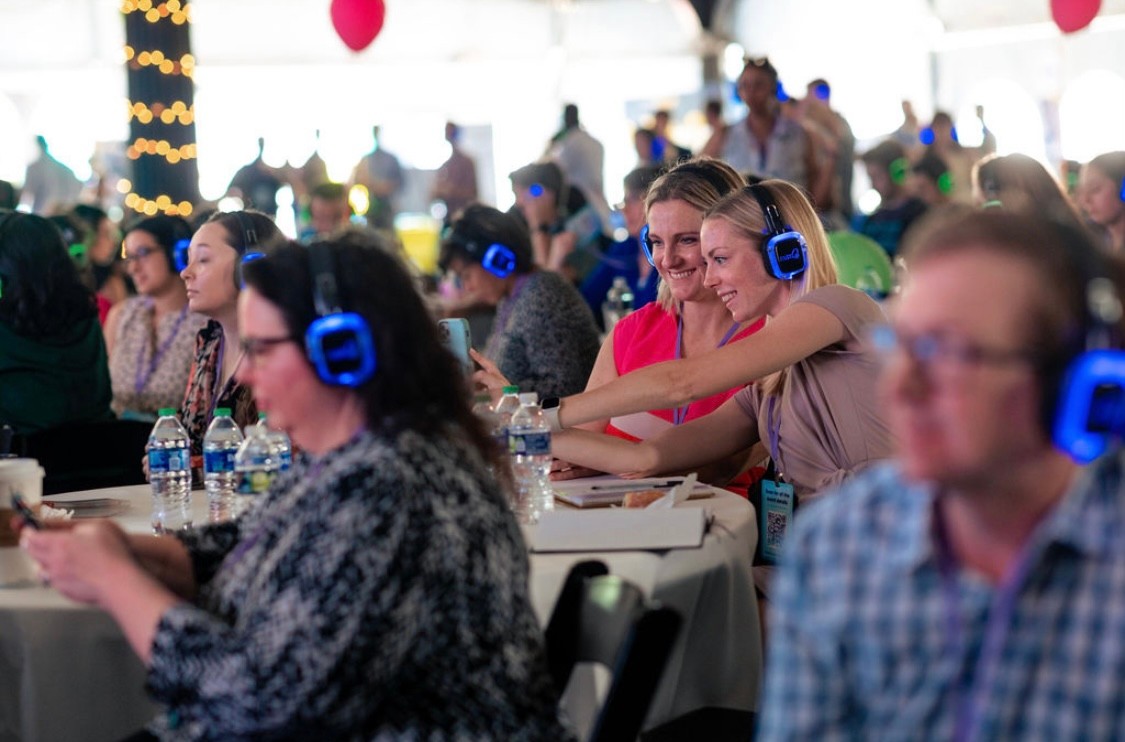
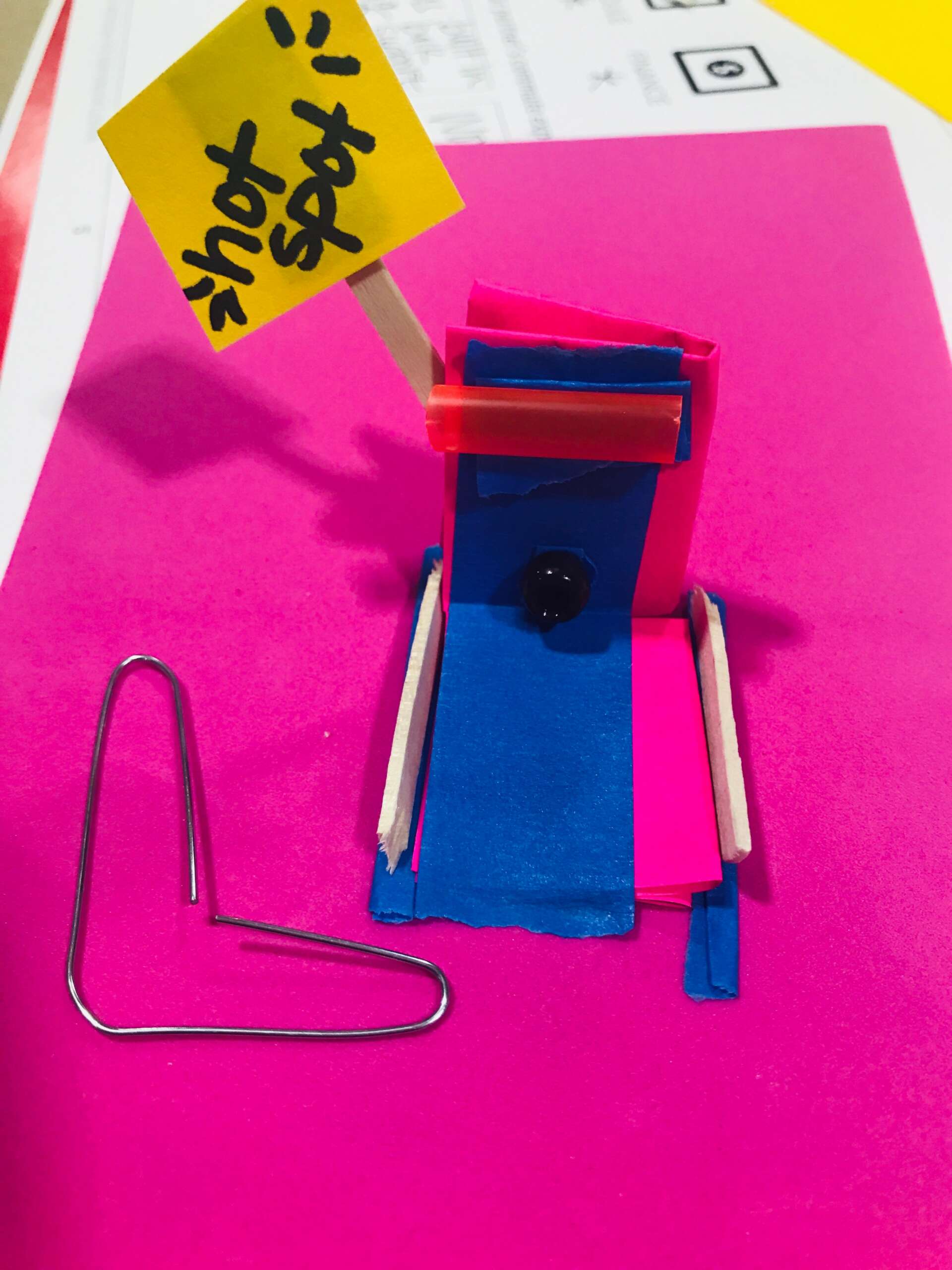
Awesome – so before we get into the rest of our questions, can you briefly introduce yourself to our readers.
Teaching visual design and design thinking was my springboard to UX and Product. There was a problem. Hiring managers wanted someone with a strong business acumen and 3+ years of experience. I got to work to begin solving those problems. My career was the product.
I became scrappy to make my dream a reality. I enrolled in Virginia Commonwealth University’s da Vinci Center of Innovation. The program sharpened my business acumen, introduced me to the startup ecosystem, and connected me with founders needing all hands on deck to make their business ideas viable.
Design research is industry-agnostic. All industries benefit from creatively solving problems to ensure they can make money, they can build it, and people will love it. I’ve solved complex problems that have improved E-commerce, Affiliate marketing, organ donation, and patient experiences.
I have worked alongside many talented people in product and UX. My secret is not wanting to be the smartest person in the room. I am always learning. Being curious helps me design better experiences. Curiosity and communication are the superpowers that I bring to a team.
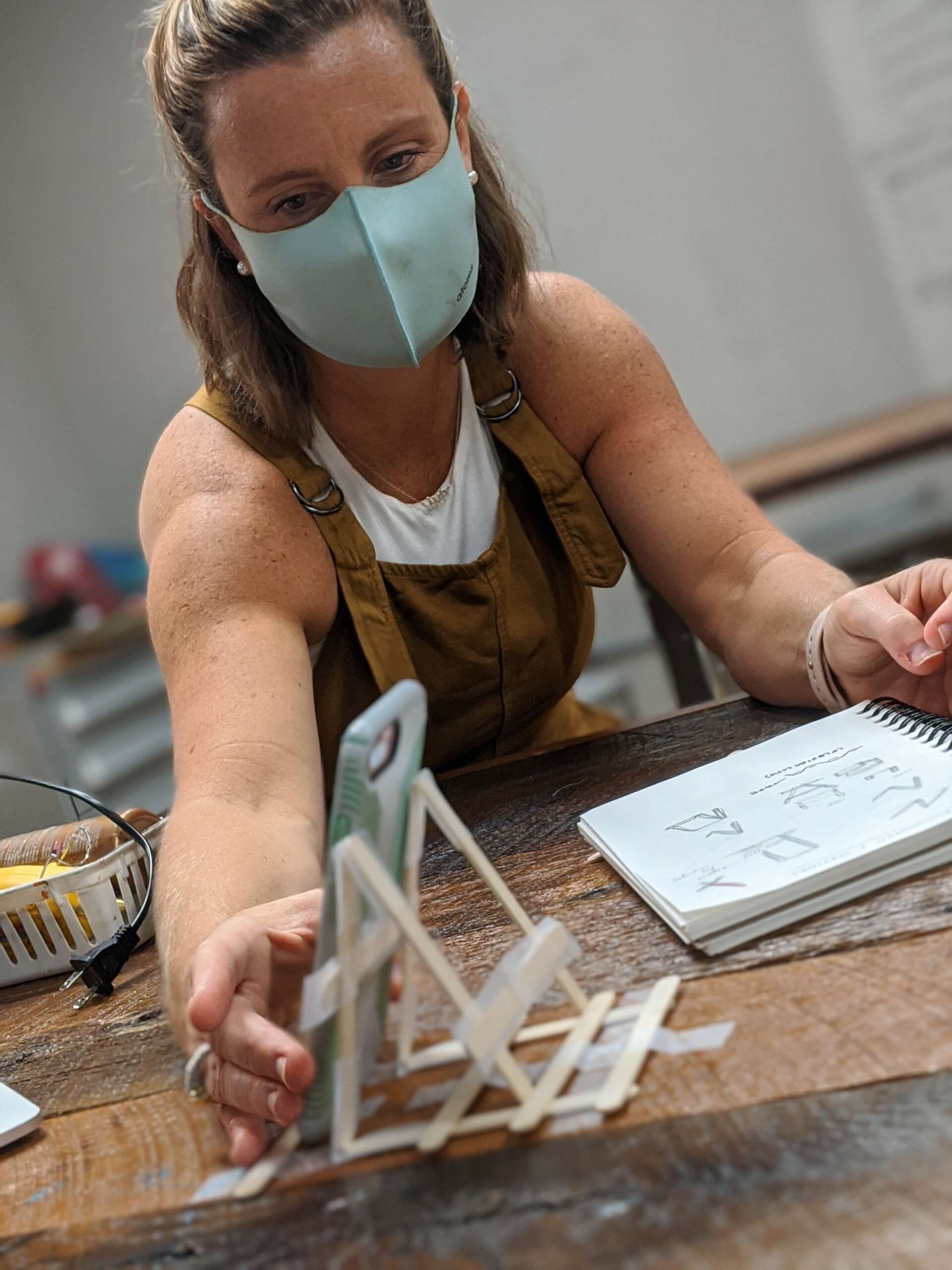

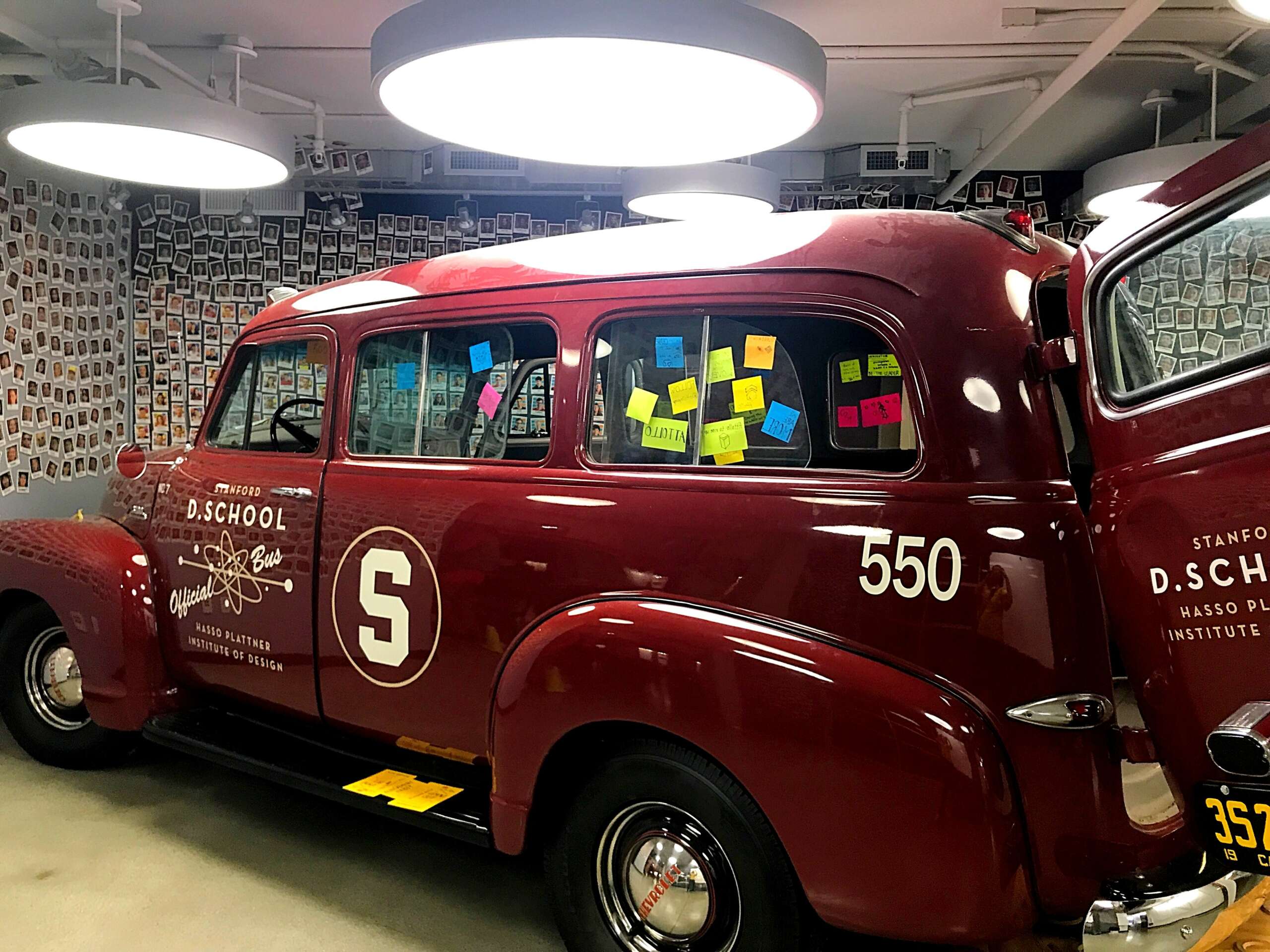
Are there any books, videos or other content that you feel have meaningfully impacted your thinking?
Books: Creative Confidence and Inspire are two books that helped me begin my journey. Podcasts: Design Better, Creative Confidence, and Lenny’s Podcast are three podcasts I listen to on repeat.
Video: IDEO’s shopping cart redesign circa 2000s on YouTube.
Do you think there is something that non-creatives might struggle to understand about your journey as a creative? Maybe you can shed some light?
“Non-creatives” struggle with creative confidence. Creativity is connected to experimentation and failure, and failure has become a buzzword. Everyone wants to embrace failure, in theory. However, failure in practice is extremely uncomfortable, frightening, and embarrassing.
Creativity takes courage (-Henri Matisse)
The “non-creatives” must muster the courage to try something they “can’t do.” Fail, try again, figure out what. you don’t know, learn, try again, fail again, analyze how you change, ask questions, try again, and see what happens. Creativity is a muscle to be flexed.
Image Credits
RVA Tech Product Fest


